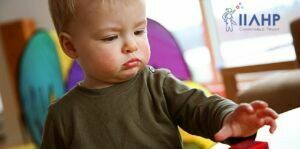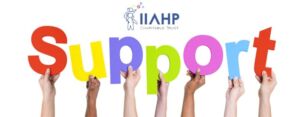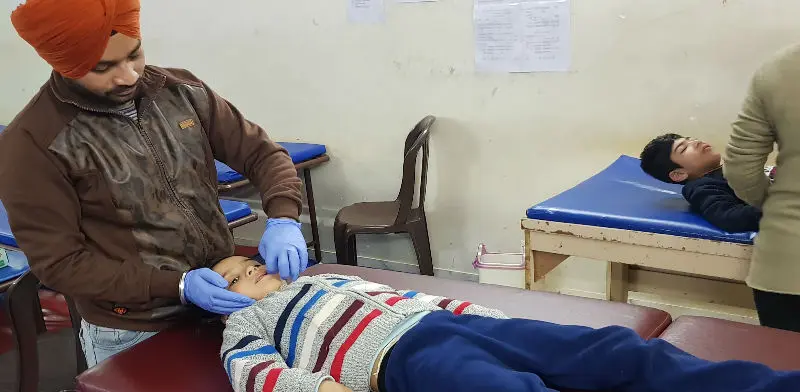Children with developmental delays related to learning disorder, verbal and non verbal communication along with skill development. Learning about common speech problems with developmental delays in children can help you decide which one impacts your child. With at-home solutions or with the guidance of a skilled specialist, speech problems and delays can be improved.
Recognition of delayed speech signs

For most children, the development of speech follows a reasonably predictable route. They weep at birth; continue babbling randomly of 3 to 4 months, and try to imitate speech for 6 to 11 months.
If your child does not develop according to this timeline, this may require attention to be given to speech and developmental delay:
- 12 months-acknowledges its very own name, understands basic instructions, and utilizes one or two.
- 18-month phrases-uses 5 to 20 words.
- 1 to 2 years-increasing vocabulary, using two-word phrases, imitating animal sounds, and understanding what “no” means.
- 2 to 3 years-has a vocabulary of about 450 words, calls itself “me” rather than by name, loves hearing tales, uses brief phrases with a few plural words.
- 3 to 4 years-Use four- or five-word sentences, expand vocabulary to 1,000 and repeat several rhymes in a nursery.
- Four to five years-Uses past tense, has 1,500 words of vocabulary, begins to ask questions.
- 5 to 6 years-6,000-word vocabulary, capable of describing objects and places, 5 to 6 words phrases.
If your child does not grow along this timeline, related physical or developmental issues such as disorder of articulation, fluency disorder, or resonance disorder may occur.
How to Support Children with Developmental Delays

A professional can help your child catch up with his or her peers if you don’t get fast outcomes from home treatments.
- Language intervention activities can enhance a child’s language understanding while providing him or her opportunity to exercise abilities. You can use many of these operations while playing with kids. For example, describing each step of a method demonstrates the child how individuals use language in an organized manner to explain behavior. In virtually any activity, such as cooking, cleaning or altering diapers, parents can integrate this.
- Parents can also use books, images and other items to obtain children’s reactions. If the kid is not responding properly, speak out the object’s name closely and clarify its use in very easy terms.
- Activities of articulation encourage children to properly say words. Identify and concentrate on fields where the kid requires assistance. You may ask him or her to tell you a story about the day, depending on the age and development of the child. When phrases or stutters are mispronounced by the kid, promote him or her to slow down and sound each phrase closely. To avoid frustration, praise or reward the kid for doing well.
At IIAHP, in a professional setting, highly personalized programs and collaboration of the therapies are typically used to support children to develop their communication skills. If your child demonstrates signs of a developmental challenge, a visit to IIAHP Therapy center to catch up with speaking skills as quickly as possible.
IIAHP therapy center helps in enhancing verbal, Non- verbal communication. If your child is struggling with speech due to learning and processing disorder, please feel free to contact us online at https:/www.iiahp.com/speech therapy/. IIAHP is known for best treatment to the speech delay.






